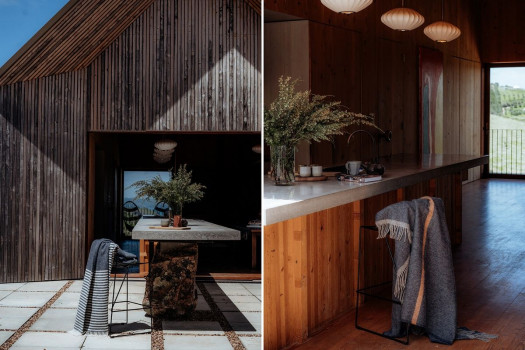With a Little Help From My Friends




Jeremy Smith visits Strachan Group Architects’ My Whare, an initiative to help combat youth homelessness in conjunction with Visionwest, and finds these tiny dwellings are filled with aroha.
Leaving home has never been easy. There are plenty of young adults holing up with parents before tackling the adventure of going it alone. When you are young, everything is complicated by having less. With fewer things to pack, there’s just so much more to resource. Hard to simply sell up large, board a big RV and boomer down the road chasing your own private rainbow. Your answer, invariably, is found in teams; board the bus together and make house with friends.
But it’s easy to forget that, for some, it isn’t the leaving but the finding home that’s the challenge. Not everyone’s journeys are the same and dallying over mortgage or lease agreements in the search for independence isn’t yet in everyone’s diary. Shelter worries can be far more immediate and, for those transitioning out of care or homelessness, finding a roof is somewhat more pressing. It is into this traversing oneself to the next adventure where Strachan Group Architects (SGA), working with Visionwest Community Trust, offers some telling friendship to some of our most vulnerable young adults. The contribution is golden in the search for rainbows.
Homes aren’t about curtains or kitchens, or even axles. Homes are about aroha. Just as getting by with a little help from your friends helps leaving home so, too, does it in the finding and giving of somewhere to live. Not everyone offering to help has the size or set-up in their home to be able, practically, to lend a room. So, why not bring the help to the host? Why not simply park a small whare out the back for a year or three and satellite some warmth and shelter to an individual in need? More rewarding than mentoring a large RV, perhaps. The idea has wheels.
The Visionwest Community Trust offers support to people of all ages in West Auckland and SGA has been contributing to their housing programmes for nearly a decade and, individually, for longer still. This current youth housing initiative has clearly found a friend in architects Dave Strachan, Pat de Pont, Kelly O’Sullivan and the SGA team, whose clever practicality literally sits under their office in a custom workshop where buildings are crafted, tested and made, in this case, by the boys at Crate. It is from this hands-on start that these little one-person homes, poetically named My Whare, are towed out to provide some home help. They journey with wheels and residential appointments. There’s an upper-level bedroom, a stairway, window seat, front door, even the sensibilities of insulation, a ventilating window up high and options for bathrooms and kitchens. It all feels way more house than caravan yet, at this stage, as de Pont, who put together much of the logistics notes, “it’s still more caravan than house”.
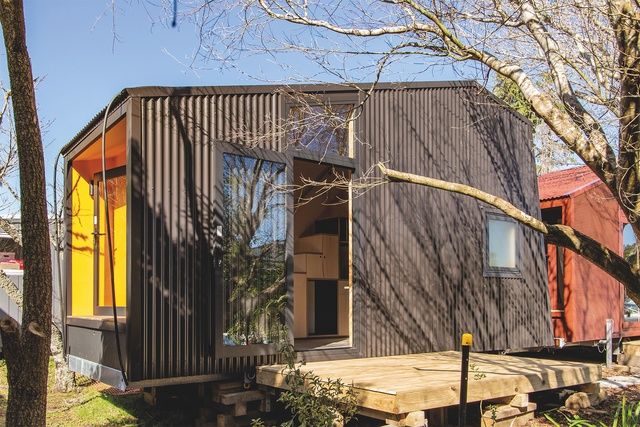
The first two prototypes are Whare Tahi and Whare Rua. Image: Ross Keane
What follows rides on a demountable trailer, and is skinny, tall and geared for the road; the steel framing reduces the weight, the poplar linings are super strong and the metal claddings readily replaceable. There are two options: the larger Whare Tahi, with kitchen, shower, toilet and hot water set to connect to onsite services, or the smaller and service-less Whare Rua. They weigh in at under 3.5 tonnes, a singlewide 2.4m in width and either 6.8m or 4.8m long. But the whare being little doesn’t mean life inside feels overly prescribed. There are spaces for things under seats and stair risers but none of the all-encompassing storage enthusiasm that clutters many tiny houses. These whare are simply warmed and scaled to foster a young person’s independence and then welcome all that they bring. Yet, it isn’t in the carry where these trailers provide support, for, once parked, out come the jacks, the drawbar is removed and the trailer is towed away. My Whare is left behind and becomes a very different kind of trailer: one that, by staying put, helps people go places.
In America, trailers provide prefabricated, suburban housing, parked with their handbrakes so permanently on that they are delivered rather than towed to site. Same trailer, different park with these whare for, just as you’ll find Kacey Musgraves, Whiskey Myers or Eminem singing about, it’s the trailer parking that offers the journey. Eminem’s adventures may feature on more My Whare playlists but he didn’t set out by towing his trailer eight miles down the interstate. Yet google ‘trailer’ out here and your world fills with campervans, caravans, tiny houses, big RVs and even bigger RVs. Our trailers are on the move and, if they don’t come with a motor of their own, they sport a decent-sized ute and some very clever reversing skills. I wonder where planners and consents sit in all this dropping off and parking, and de Pont tickboxes a reply with a well-worn “yes”. Imagine, he suggests, council consent inspectors teaming up with vehicle testing stations. It feels enough to keep the air in your tyres and the paperwork fresh. I doubt Eminem’s trailer had such luck.
Clipboards aside, the difficulty with American trailers is that they provide low-cost housing by being cheap and quick to depreciate. The problem’s in the mass-production economics and that is why Sonya Salamon and Katherine MacTavish describe trailer life as a “hard-won” reality of the American dream.1 My Whare, conversely, are more like individually crafted and well-made little houses, which stem from an in-built interest in helping those communities needing buildings rather than any kind of numbering up by lowering the quality. Strachan ran design-build studio courses at Unitec and, recently, with Architecture+Women·NZ2, and our conversation turns to the small, $20,000 houses built by Rural Studio students out of Auburn University, that we both found our way to on US road trips. These tiny, single-occupant, low-cost houses are as sweet as Alabama’s iced tea and proudly come with the names of their owners and the conventions of foundations: Ophelia’s Home, Ann’s Home, Buster’s Home. Wheels or no wheels, this feels like a better comparison.

Despite its small dimensions, life inside the whare does not feel overly prescribed. Image: Ross Keane
Rural Studio’s idea was to build durable one-person housing, which holds its value, for a trailer-sized price. As time has gone on, both building and trailer costs have risen and the ‘$20,000’ catchphrase now remains in figurehead only, but the challenge continues. It helps, of course, that these small homes are built in Hale County, which requires no building permits. Alabama Whare might not be far away, for I can’t remember seeing a vehicle testing station either for that matter. Rural Studio’s Rusty Smith outlays in conversation with Dwell magazine that: “You cannot cure all the ills of home affordability through design because a lot of it is systemic, like zoning”.3 Strachan agrees, and notes that projects like My Whare importantly road test alternative ways of thinking that might then “translate up scales” and park up into larger housing debates. Small costs and, of course, debuting anything takes extra time. Five months in the workshop to make three whare shows a level of momentum, given the period overlapped the 2020 pandemic lockdown when much of life was in a jam. Equally, the $4500–$4600/m2 construction cost for each whare when upgraded to include full allowances for material, labour and margins equates to a good trip. It certainly prompts considering whether courier drivers should have towbars and start dropping off homes with the mail. Individual homes, not overly affordable trailers, I hear Eminem reminding: “I Live At Home In A Home” perhaps. Sweet Home Alabama.
If Rural Studio provides houses for Ophelia, Ann and Buster, each My Whare equally comes with a name: Yours. There’s no rocking chair out front as might welcome you to a Dogtrot’s central porch,4 or the covered entry of a room-wide Shotgun5 that you find in America’s southern states, but there’s no less pride. The simple, uncovered trailer-style side entry avoids unnecessary swiping on the road and allows reversing right up to a backyard fence, but there’s also a homing in their independence. Each My Whare is designed to be parked into an existing community. It arrives into the world of its hosts and makes connections from the privacy and refuge of a standing start. In that way, it is suburban and questions the current complexities of building in a time when grappling with the housing crisis never seems far from home. It’s a problem that can’t be solved thinking one person or house at a time. But neither can our answer neglect personal pride, independence, quality or the importance of friends.
The beauty of Strachan’s golden architectural contribution6 is that he shines a light. Whether teaching architects and students alike to build, to consider environmental design or to stand up and describe what needs to be done, his legacy of giving includes companionship. At My Whare, he provides a friend. There’s a road map here to how we contribute as architects. Homes provide solace and the cups of tea, books, guitars, playlists or whatever helps each of us to keep going. There are friends and friends, buildings and buildings, but surely the sign of any really good home is that it is a really good friend. When these young adventurers leave their whare and the selfless families that lend a hand, they carry the generosity with them to help find their rainbows. They, too, can experience the adventures of leaving home.
We all get by with a little help from our friends.
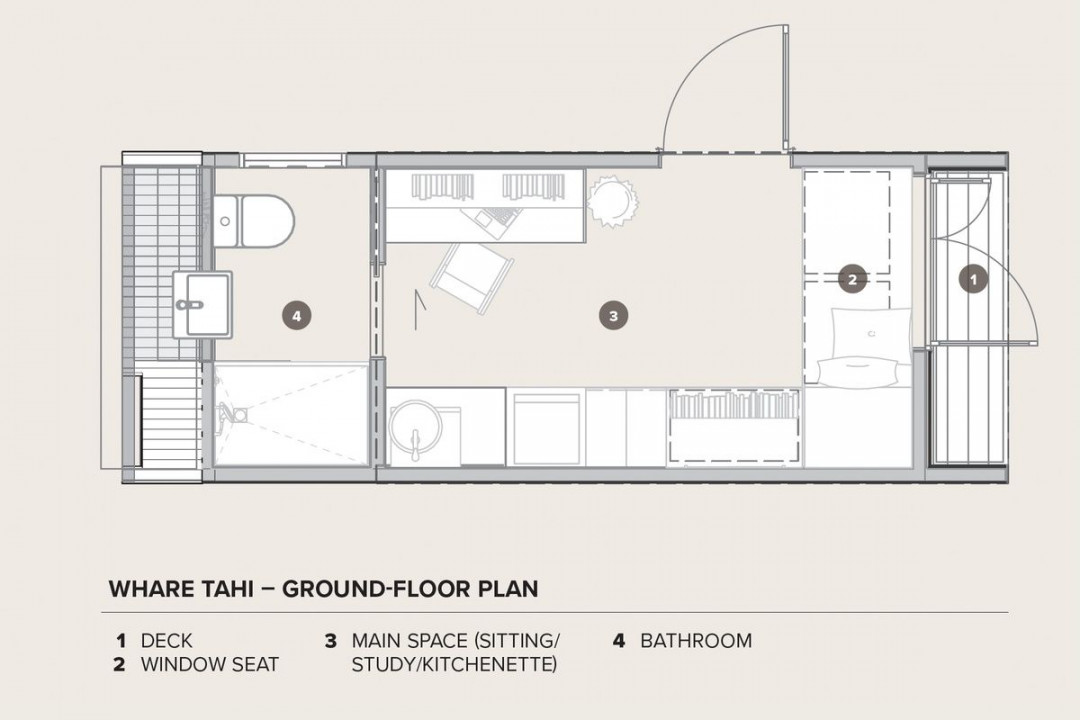
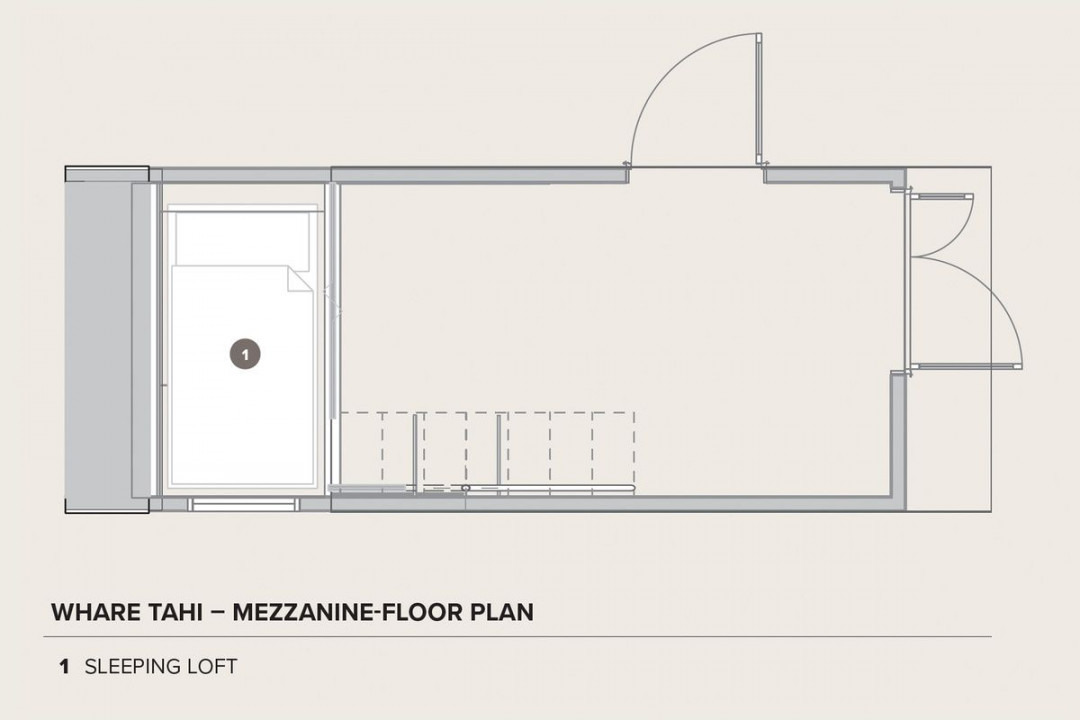
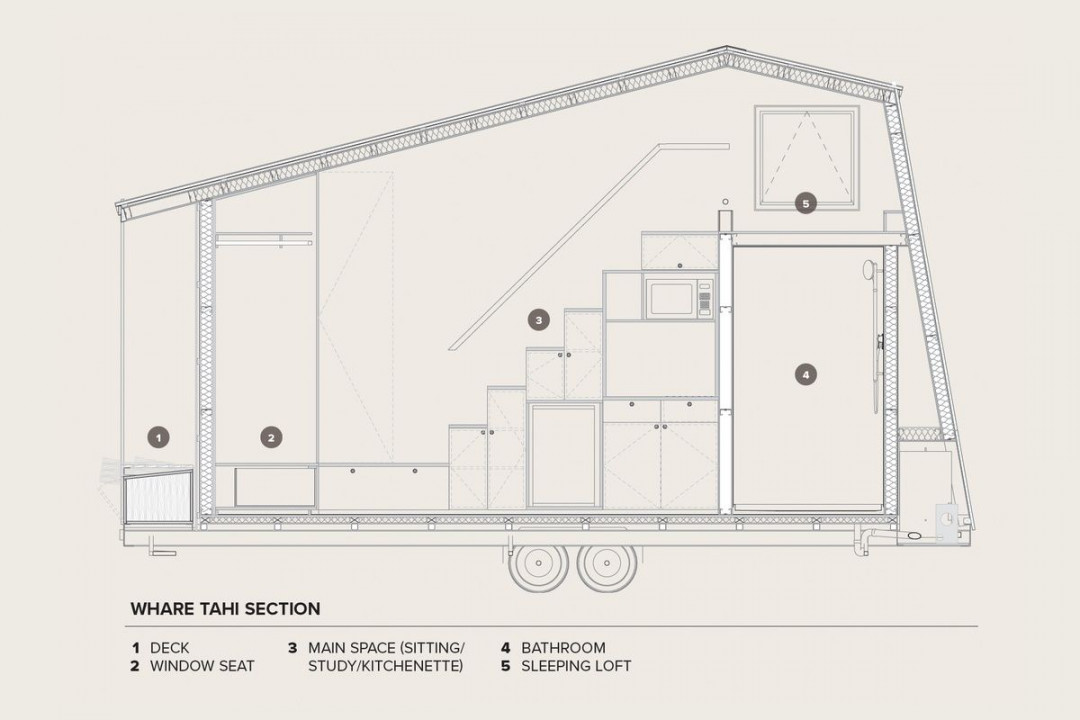
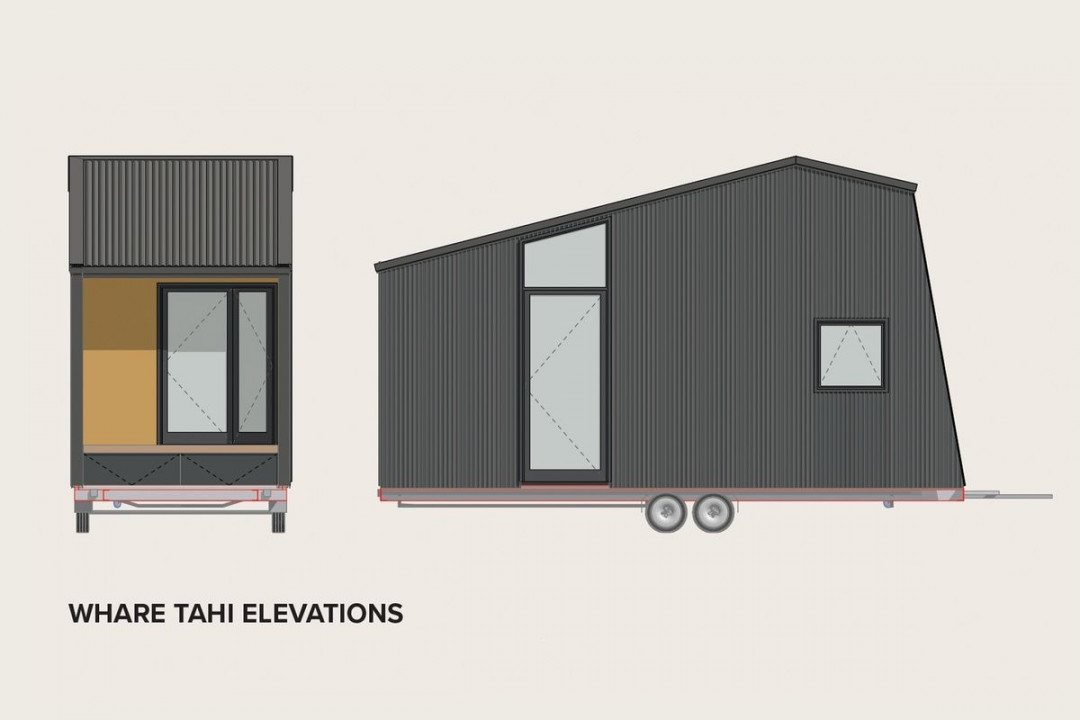
Words: Jeremy Smith
Images: Ross Keane
Footnotes:
1. Sonya Salamon and Katherine MacTavish, Singlewide: Chasing the American Dream in a Rural Trailer Park, Cornell University Press, 2017, p. 1.
2. Maria Hosking, ‘The final push: SGA and A+W.NZ Motu Kaikoura workshop’, ArchitectureNow. architecturenow.co.nz, 23 February 2018.
3. Lucy Wang, ‘Rural Studio’s 20K homes reveal the systemic problems behind affordable housing’, Dwell magazine. dwell.com/article/rural-studio-20k-affordable-housing-67326205, 8 August 2018.
4. Richard H. Hulan, ‘Middle Tennessee and the Dogtrot House’. Pioneer America, vol. 7, no. 2, Pioneer America Society, 1975, pp. 37–46. jstor.org/stable/29763555.
5. Ed Cullen, ‘On Shotgun Houses: The history and future of the signature Southern structure’, Country Roads magazine. countryroadsmagazine.com/art-and-culture/house-home/what-are-shotgun-houses, 25 July 2021.
6. Dave Strachan was the recipient of the NZIA 2020 Gold Medal.




 Indonesia
Indonesia
 Australia
Australia
 Philippines
Philippines
 Hongkong
Hongkong
 Singapore
Singapore
 Malaysia
Malaysia



